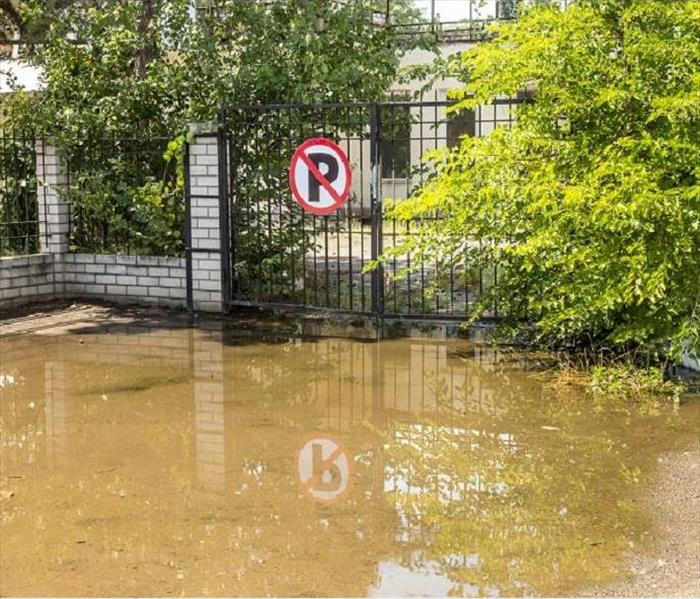Is This Flood Black Water?
7/20/2022 (Permalink)
Watching floodwaters flow into your Colorado Springs, CO, home is one of the most devastating things you can witness. Not only will the contents of your home be damaged, but the structure could also be. Water damage begins immediately, so it's imperative to eliminate and clean it as soon as possible. However, you first must determine what kind of water it is. This depends partially on the origin of the flood. There are three categories of water, each of which presents a different level of risk to your family and pets:
- Category 1: Known as clean water, this is safe to drink, equivalent to the water that comes out of the tap. It could result from a burst pipe or leaky appliance. Although it's clean to begin with, it will become hazardous if it comes into contact with a contaminated surface or substance.
- Category 2: Also known as grey water, it could make people and pets sick if consumed but is not toxic. The water may come from bathtubs, washing machines or dishwashers.
- Category 3: Black water is toxic due to high contamination. The water may contain raw sewage, viruses, bacteria, or harsh chemicals. They can be poisonous to humans and pets and cause more property damage than clean or grey water.
How Do I Safely Clean Black Water?
If you find that you have a Category 3 flood, you must take extra precautions to protect everyone in your home and the property itself. The best option is to hire water damage restoration experts to ensure the job is handled safely, thoroughly and quickly.
1. Protect Yourself With PPE
Safety is the most critical aspect, so wearing personal protective equipment from beginning to end anytime you're in the affected area is essential. This PPE generally includes the following:
- Hair coverings
- Eye protection
- Mask or respirator
- Waterproof coveralls
- Waterproof gloves
- Waterproof boots or shoe coverings
This PPE should be put on before entering the area, taken off before leaving the site, and then replaced when returning to the area.
2. Shut Off the Electricity
Before entering the affected area, it's vital to shut off the electricity to that part of the house or the whole house. Otherwise, an electrical current could be flowing through the standing water, which is highly unsafe for humans and pets.
3. Remove Water and Moisture
Extract all the standing water with a wet/dry vacuum if you have one. If not, mops and towels should be sufficient.
4. Clear the Area
Clear everything out of the affected area as much as possible. This will also allow more room for cleaning and drying the flooded area. You will probably have unsalvagable items to throw away and other items that will need to dry out.
5. Clean and Sanitize
Everything the water has touched needs to be cleaned and sanitized. This includes floors, walls and furniture. It must be disposed of if it can't be adequately cleaned and dried.
6. Dry Everything
Finally, everything must be dried thoroughly and quickly. Mold can start growing and spreading within 24 hours of moisture exposure, so it's essential to remove excess moisture from the area. You can use fans, dehumidifiers, fresh air and heaters to assist the drying process.
Water damage advances quickly, especially in the case of a flood. Black water adds another hazardous element to the mix. It's helpful to know about the risks before a disaster transpires.




 24/7 Emergency Service
24/7 Emergency Service
